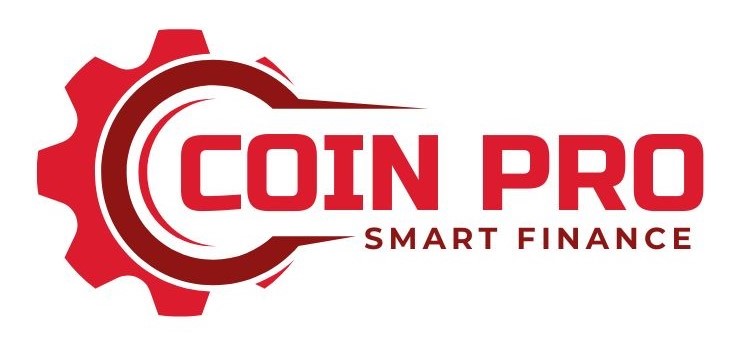Web3 vs. Web2: Key Differences and Why It Matters
Introduction
The evolution of the internet has transformed how we communicate, transact, and interact with digital platforms. While Web2 has dominated the online space for the past two decades, Web3 is emerging as a revolutionary paradigm that promises to decentralize the internet and give users more control over their data and digital identities. This article explores the key differences between Web2 and Web3, the implications of these changes, and why they matter in shaping the future of the digital world.
What is Web2?
Web2, also known as the “social web” or the “read-write web,” represents the current state of the internet. It is characterized by user-generated content, social media platforms, and centralized control by large corporations.
Characteristics of Web2
- Centralization – Web2 is dominated by a few powerful tech giants like Google, Facebook, and Amazon, which control the majority of online data and digital interactions.
- User-Generated Content – Platforms such as YouTube, Instagram, and Twitter thrive on content created by users, while corporations monetize this content.
- Cloud Computing – Data is stored in centralized cloud servers managed by major corporations.
- Advertising-Based Revenue Model – Web2 is largely fueled by targeted advertisements, relying on user data for personalization.
- Security and Privacy Issues – Since user data is controlled by centralized entities, concerns over data breaches, surveillance, and loss of privacy are significant.
What is Web3?
Web3 is the next phase of the internet, built on decentralized technologies like blockchain and smart contracts. It aims to empower users by reducing reliance on centralized authorities.
Characteristics of Web3
- Decentralization – Instead of relying on centralized servers, Web3 leverages blockchain networks, where data is distributed across nodes, making it resistant to censorship.
- Ownership and Digital Identity – Users have full control over their digital assets, identities, and data through cryptographic wallets and decentralized applications (DApps).
- Token-Based Economy – Web3 utilizes cryptocurrencies and non-fungible tokens (NFTs) to enable peer-to-peer transactions and reward systems without intermediaries.
- Interoperability – Decentralized platforms can communicate seamlessly with one another, reducing platform dependency.
- Enhanced Security and Privacy – Data is stored on blockchain networks, offering transparency and reducing the risks of data breaches.
Key Differences Between Web2 and Web3
| Feature | Web2 | Web3 |
|---|---|---|
| Architecture | Centralized | Decentralized |
| Data Control | Corporations | Users (via blockchain) |
| Monetization | Ads & Subscriptions | Tokens & Crypto-based Incentives |
| Security | Vulnerable to breaches | More secure with cryptography |
| Identity | Based on email/login credentials | Decentralized IDs (DIDs) |
| Content Ownership | Platforms control content | Users own and monetize content |
Why Web3 Matters
1. Empowering Users
Web3 shifts control from corporations to individuals, allowing them to own and monetize their digital presence. This enhances autonomy over personal data, reducing exploitation by centralized platforms.
2. Decentralization Enhances Security
Decentralized networks eliminate single points of failure, reducing the risk of large-scale data breaches and ensuring transparency through blockchain technology.
3. Financial Inclusion
Web3 enables borderless, peer-to-peer transactions using cryptocurrencies, allowing people worldwide to access financial services without the need for traditional banking infrastructure.
4. Censorship Resistance
Unlike Web2, where governments and corporations can control or remove content, Web3 ensures free speech and censorship resistance by distributing data across a blockchain network.
5. New Business Models
Web3 introduces innovative revenue models, such as play-to-earn (P2E) gaming, decentralized finance (DeFi), and decentralized autonomous organizations (DAOs), enabling more equitable economic participation.
Challenges and Limitations of Web3
Despite its promising advantages, Web3 faces several challenges:
- Scalability Issues – Blockchain networks currently struggle with transaction speeds and high fees.
- User Experience – The complexity of blockchain wallets and DApps can deter mainstream adoption.
- Regulatory Uncertainty – Governments are still formulating regulations around decentralized finance and digital assets.
- Energy Consumption – Some blockchain networks, like Bitcoin, require significant energy resources for mining operations.
Conclusion
The transition from Web2 to Web3 represents a fundamental shift in the way we interact with the internet. While Web2 has provided immense growth and connectivity, it has also led to concerns over centralization, data privacy, and corporate control. Web3, with its decentralized, user-centric model, offers a promising alternative that cou


